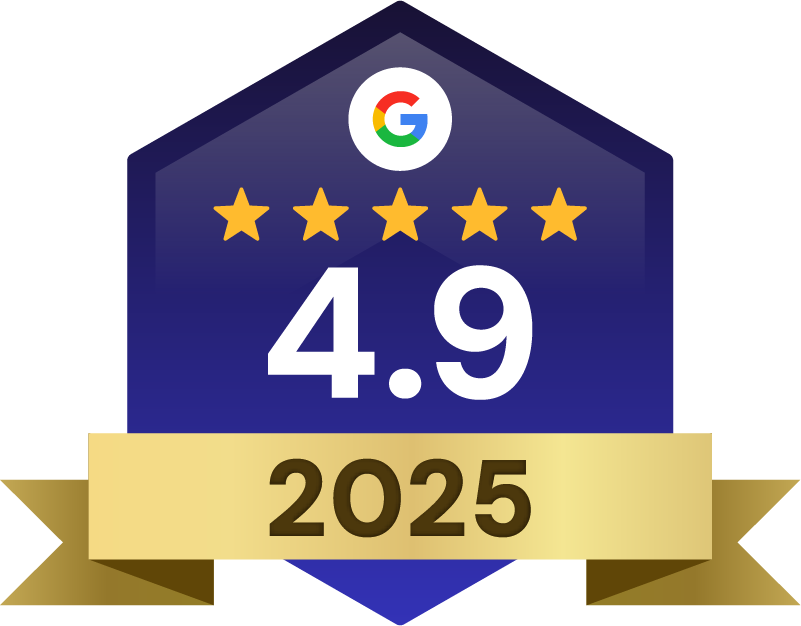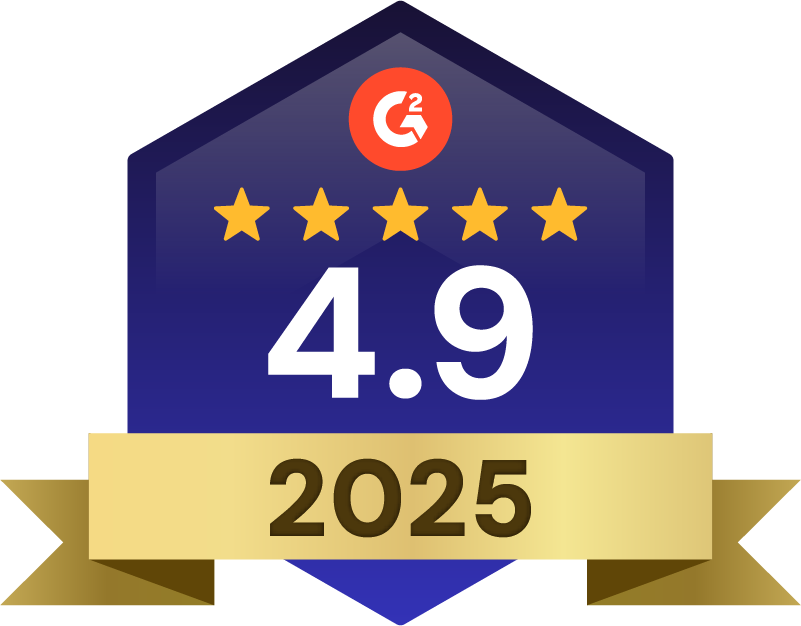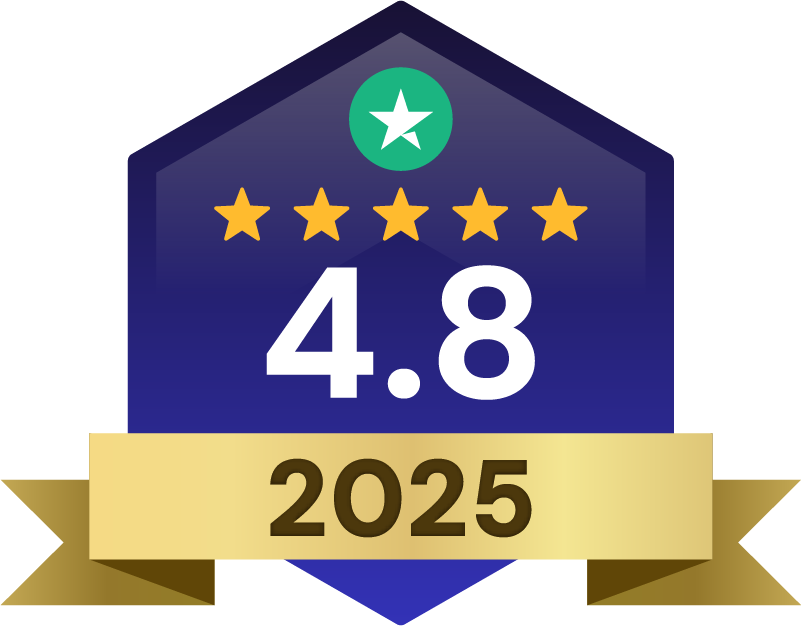How real estate agents get back to business after a break with a clear plan, updated skills, and client reconnection strategies.
Branding & Design
Many real estate agents step away from the business at some point. Common reasons include burnout, family responsibilities, health issues, or changes in the housing market. Taking a break is not uncommon, and returning to real estate can be done with a structured approach.
Jumping back into work without direction often leads to frustration or exhaustion. A thoughtful return involves reconnecting with your purpose, updating your knowledge, and forming a clear plan. This guide outlines a step-by-step method to help real estate agents reenter the industry and build momentum after time away.
Rediscover Your Motivation
Before creating a plan or setting goals, take time to reflect on what originally brought you into real estate. Identifying your personal motivations helps guide your business decisions and daily activities. Some agents find fulfillment in helping clients make life-changing moves, while others enjoy the independence or problem-solving aspects of the job.
Financial goals matter, but they rarely provide lasting drive on their own. Many successful agents focus on deeper motivations such as community impact, personal growth, or meaningful client relationships.
Try to remember projects that made you feel proud or energized. What types of clients, transactions, or daily tasks felt most rewarding? This reflection helps you reconnect with the parts of real estate that feel purposeful.
Here are a few questions to guide your reflection:
- Purpose check: What aspects of real estate bring you the most satisfaction?
- Client impact: How do you uniquely help clients achieve their goals?
- Career vision: What does success look like for you in the next 1-2 years?
Create a Manageable Reentry Plan
A structured plan reduces stress and prevents decision fatigue. Without one, you’ll likely feel overwhelmed by the number of tasks involved in restarting your real estate business. A phased approach allows you to build confidence through small, manageable accomplishments.
Trying to immediately make up for lost time often leads to exhaustion. Real estate involves many moving parts, and attempting to accelerate every area at once typically results in burnout.
1. Make a Simple Task List
Start with a 30-day task list that separates activities into categories based on urgency and importance:
First 30 Days Back: Task Prioritization Framework
| Priority | Task Type | Examples | Timeframe |
| Urgent | Administrative | License renewal, MLS access | First week |
| High | Client Reconnection | Past client outreach, referral partner updates | Weeks 1-2
|
| Medium | Marketing | Website updates, social media refresh | Weeks 2-3 |
| Foundation | Education | Market updates, technology training | Ongoing |
Starting with administrative tasks ensures you’re legally compliant and have access to necessary tools. Client reconnection is time-sensitive but doesn’t need to happen on day one. Marketing updates and training can be scheduled later in the month.
2. Set Realistic Time Blocks
Time blocking helps manage your energy and attention. As a returning agent, increase your hours gradually instead of jumping back into a full schedule immediately.
- Morning power hour: Reserve the first hour of your day for prospecting or relationship-building
- Buffer zones: Include short breaks between appointments to prevent scheduling stress
- Learning blocks: Set aside time to review market data or new technology tools
- Personal time: Schedule non-work hours to maintain your well-being
Update Your Market Knowledge
Real estate markets change quickly. After a break, you’ll likely find that conditions have shifted since you last worked with clients. Buyers and sellers expect professionals to be current and informed.
Local inventory levels, pricing trends, and mortgage rates may have changed dramatically. Being able to discuss these changes confidently helps maintain your credibility with clients and colleagues.
1. Research Current Trends
Focus first on hyperlocal knowledge — the specific details about neighborhoods and communities you serve. This information helps you provide immediate value in conversations with potential clients.
Areas to research include:
- Current inventory levels and days on market
- Pricing trends by neighborhood
- New developments and infrastructure changes
- Lending environment and mortgage rate impacts
- Recent regulatory changes affecting transactions
The best sources for this information include your MLS, local real estate board, and conversations with active agents. Schedule time to review these resources weekly during your first month back.
2. Refresh Your Technology Skills
The tools agents use change rapidly. CRM systems, transaction management platforms, and marketing technologies may have evolved during your absence. Learning about these changes helps you work more efficiently.
Start by assessing which tools you’ll need immediately:
- Client management: CRM system for organizing contacts and communications
- Transaction tools: Software for managing paperwork and deadlines
- Marketing platforms: Systems for creating and distributing content
- Communication tools: Apps and programs for client interaction
Don’t try to master everything at once. Choose one system to learn each week, focusing on the features you’ll use most often.
Evaluate Your Brand Strategy
A pause in business creates an opportunity to review how your real estate brand is perceived. Market dynamics and client expectations often shift during an absence. Your previous brand message may no longer align with current conditions.
Ask yourself: Does my brand still reflect my values and the clients I want to serve? Is my messaging clear and consistent across all platforms? These questions help identify areas that need refreshing.
1. Clarify Your Market Focus
Hyperlocal branding positions you as an expert within a defined geographic area. This approach helps returning agents reenter the market with a clear value proposition.
Ways to establish local authority:
- Create neighborhood guides with current information
- Connect with local business owners for referral partnerships
- Host community events or support local activities
- Share insights about school districts, development plans, and community changes
Start with one neighborhood or market segment where you have the most knowledge or interest. Building depth in a specific area creates more impact than trying to cover too much territory.
2. Update Your Online Presence
Your digital presence is often the first impression for returning clients. Outdated content or inconsistent profiles reduce credibility.
Digital presence refresh checklist:
- Update professional headshots and team photos
- Refresh website content and remove outdated listings
- Audit and update social media profiles
- Check online reviews and address any negative feedback
- Verify contact information across all platforms
Focus on quality over quantity. A simple, current website with accurate information creates a better impression than multiple outdated platforms.
Rebuild Client Relationships
Reconnecting after a break involves both planning and sincerity. Many agents worry about how their absence will be perceived. A thoughtful approach helps you reconnect without appearing desperate for business.
The key is to acknowledge your time away briefly while focusing on how you can provide value now. People appreciate honesty and are often supportive of professionals returning to work.
1. Revive Past Connections
Start with people who know and trust you. Previous clients, referral partners, and colleagues are often the fastest path to new business.
When reaching out:
- Be honest about your return without oversharing personal details
- Offer something of value (market update, home valuation, local insights)
- Ask about their current situation and needs
- Keep initial conversations brief and focused
Example message: “Hi [Name], I’ve recently returned to real estate after taking some time to [brief explanation]. I’d love to catch up and share some interesting changes in our local market. Would you be open to grabbing coffee next week?”
2. Expand Your Network
While reconnecting with existing contacts, also focus on building new relationships. Community involvement helps establish your presence again.
Effective networking opportunities:
- Local business groups and chamber events
- Real estate board meetings and education sessions
- Community service projects
- Neighborhood association meetings
- Open houses (both hosting and attending)
Quality connections matter more than quantity. Focus on having meaningful conversations rather than collecting business cards.
Manage Stress and Prevent Burnout
Returning agents face unique pressure to quickly rebuild momentum. Without a sustainable approach, this pressure often leads to burnout or decision fatigue.
The most successful returns happen gradually, with clear boundaries and realistic expectations. Building consistent habits over time leads to better results than pushing for immediate success.
Practical stress management techniques:
- Consistent schedule: Establish regular work hours to create structure
- Clear boundaries: Define when you’re available to clients
- Measurable goals: Set specific targets for your first 30, 60, and 90 days
- Support network: Connect with mentors or colleagues who understand the challenges
- Regular breaks: Schedule time away from work to maintain perspective
Remember that rebuilding takes time. Comparing your progress to established agents can create unnecessary stress and unrealistic expectations.
Moving Forward Successfully
Your time away from real estate likely gave you valuable perspective. Many agents return with clearer priorities and a better understanding of their strengths. These insights can help you build a more sustainable and satisfying business.
The lessons learned during your break can improve how you structure your business, interact with clients, and manage your time. For example, you might return with stronger boundaries, a more efficient schedule, or a new focus on a specific market segment.
Rebuilding happens gradually. Early signs of successful reintegration include consistent client communication, growing confidence in market conversations, and regular progress on marketing tasks. Each small step builds momentum toward a thriving business.
For additional support during your return to real estate, consider exploring tools that simplify your workflow. Integrated platforms that combine websites, CRM, and marketing tools can help you manage multiple aspects of your business efficiently.
FAQs About Returning to Real Estate
How do I explain my career gap to potential clients?
Frame your break as a strategic pause that provided valuable perspective, and focus the conversation on how your renewed energy and updated knowledge will benefit them specifically.
What should I do if my real estate license expired during my break?
Contact your state’s real estate commission immediately for reinstatement requirements, which typically include completing continuing education courses and paying renewal fees.
How long will it take to rebuild my real estate business?
Most agents see meaningful progress within 3-6 months, but rebuilding a full client pipeline typically takes 6-12 months depending on market conditions and networking efforts.
Should I join a team when returning to real estate?
Joining a team can provide structure, leads, and mentorship during reentry, but evaluate whether the team culture and commission split align with your long-term goals.
How can I stay motivated during the rebuilding phase?
Set small, achievable milestones, celebrate wins consistently, connect with supportive colleagues, and regularly revisit your purpose for returning to the profession.







